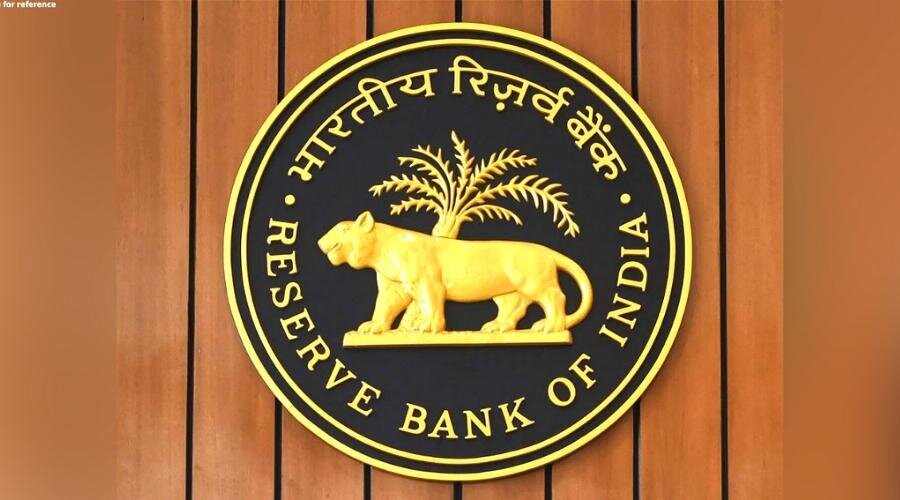
RBI's Rate Hike Today Will Emphasize On The Forecast For Growth And Inflation
The latest structure created by India’s central bank, the Reserve Bank of India (RBI), for the microfinance industry, which replaced guidelines based on rules on loan pricing with a framework rooted in principles, aims to inform borrowers of the total cost of the loan they are taking out while also making sure lender equivalence by standardizing the comprehensive cost calculation.
According to the Deputy Governor of the Reserve Bank of India (RBI), Shri M Rajeshwar Rao, such steps, together with a limit on repayment responsibilities and actions to prevent over-indebtedness set in place by the regulator, will gradually lower borrowers’ interest rates. The purpose of regulation is to maintain equivalence between lenders by standardizing the all-inclusive cost calculation while informing borrowers of the cost they would be paying for the loan.
According to the Deputy Governor, it has been anticipated that having access to this information would aid borrowers in weighing their options and making an educated decision. This framework must be viewed holistically, with several indirect but crucial steps taken to lower the interest rate in addition to particular pricing-related rules.
Also Read,
Zomato Rolls Out ‘Zomato Pay’: Replacing Flagship Programme’ Zomato Pro’
The central bank released a thorough and updated regulatory framework for microloans in March 2022, with customer protection at its core. The main goals of such regulations will be to handle regulatory arbitrage by introducing a lender-agnostic as well as activity-based regulation, safeguarding borrowers of microfinance from over-indebtedness brought on by the issuing of loans that exceed their ability to be repaid, encouraging competition to drive down interest rates, strengthen means of customer protection, and enable design flexibility of goods and services.
Shri M Rajeshwar Rao stated that a few have argued that insurance costs shouldn’t be factored into the effective rate of interest calculation. There appears not to be any justification for leaving some expenses off of the borrower’s total cost estimate, which they are paying. Lenders are anticipated to be encouraged to maintain low-interest rates to ensure that payback installments must not surpass the highest permitted limit by establishing a limit on terms of repayment. Additionally, the actions to prevent over-indebtedness would assist borrowers in becoming more creditworthy, cutting the credit risk premium and leading to reduced interest rates.
The microfinance sector’s environment has changed significantly in the past ten years. Banking institutions, notably small finance banks, have displaced Microfinance Institutions, or MFIs, that initially held a prominent place in the industry. As per the most recent data, as of the 30th of June, the entire portfolio of microloans stood at INR 2.93 Trillion, with banking institutions holding the highest stake at 38% and Non-Banking Finance Company – Microfinance Institutions (NBFC-MFIs) keeping pace at 35%. The aggregate stake of Small Finance Banks (SFBs), other NBFCs, and various other organizations is 27%.
Also Read,







